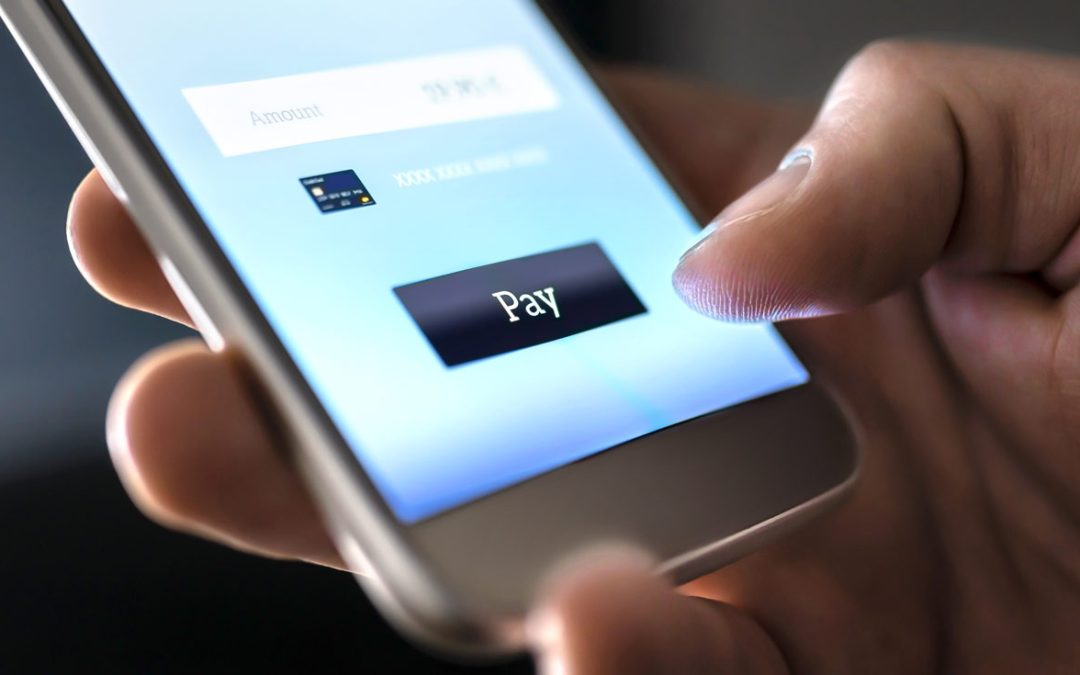Payments aren’t the most exciting end of the restaurant industry, it’s largely a commodity. Whoever charges the least fees typically wins the contract.
That has led to a wildly fragmented industry when it comes to payment. Across franchised brands especially, there are variations across the brand, across markets and even across individual operator’s locations. For instance, if a franchise operator in a brand acquired 10 locations, they might not switch payment processing.
When Olo launched Olo Pay in parallel with quarterly earnings back in February, it may have sounded like any another foray into commoditized payments.
Basically, the new product builds a universal payment layer across the entirety of Olo partner networks. It uses the ubiquitous tech world payment processor Stripe as a secure and efficient backbone. According to a release announcing the tool the time, “with Olo Pay, restaurants can simplify the ordering process for consumers by offering mobile wallet support and allowing credit cards on-file to be used at any of a brand’s participating locations.”
With Olo Pay, a customer orders pickup from Shake Shack on one side of town, they can skip that whole account process if they order at the other end of town or while traveling in another city.
Noah Glass pointed to some interesting statistics from Shopify, the ecommerce giant. With a single payment solution that spread across the entire ecosystem of Shopify websites, people completed their orders 1.72 times more than without a seamless payment solution. He hopes Olo Pay can do something similar in partner restaurants.
It may also answer the question of why third-party marketplaces keep growing while consumers say they prefer to order direct, they make it really easy.
“You have to then scrutinize the growth of marketplaces and wonder why if consumers are saying they want to order direct but their behavior is different,” said Glass. “The digital ordering experience is paired with a pretty gnarly payment experience. With the marketplace you have a card on file, you don’t have to enter your details or log in.”
That’s quite different when ordering direct, even if it’s clearly the same ordering platform, you need a new login, a new card. Because of the payment fragmentation, consumers start their order and stop when they run into what they thought would be a quick payment even with a quality digital ordering experience. If a consumer is trying to order in line at the grocery store or order ahead while stuck at a stoplight, they may hit the gnarly parts of the experience, give up and pull up a third-party instead.
“That’s not a solve, different restaurants in the same brand are not on the same payment. The purpose of Olo Pay is how do we replicate that Shopify experience of I don’t have to re-enter details or a credit card, the platform allows me to do a one-click checkout,” said Glass.
He said it was less of a push for Olo and more “being pulled into payments” by Olo customers who were looking to overlay an easier experience and keep all the important customer data flowing directly.
“This wasn’t a groundbreaking idea, but there was nothing like this for our restaurant customers. We felt like if that puts the restaurant’s direct-ordering platform on par with a marketplace, that’s going to be something that is going to be really helpful and help them get that direct consumer data and better use that data,” said Glass.
He said it was a big focus for 2022, and another example of how the big push toward digital in the last few years maturing further.
Glass will be a keynote speaker at this year’s Food On Demand Conference, check out the conference agenda and register today.


